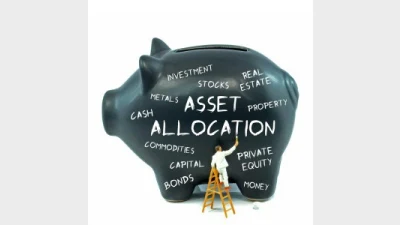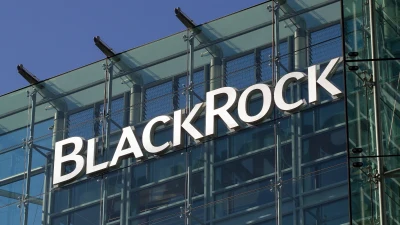T. Rowe Price leans into equity weakness



T. Rowe Price is “leaning into weakness” created by the COVID-19 pandemic by adding exposure to high yield bonds and equities.
In a monthly update on its global asset allocation, managers Richard Coghlan, Randal Jenneke, Thomas Poullaouec and Wenting Shen said allocations to equities had moved up to overweight while fixed income was an underweight, despite the high yield additions.
“Amid the coronavirus-related sell-off in risk assets, we have incrementally added to equities over the month as the broad-based, indiscriminate selling has created opportunities to buy into quality companies at discounted levels,” they said.
Within equities, it was overweight on European, Japan and emerging market equities, neutral on Australia and global equities and underweight the US. The reason for the underweight to the US was it was concerned about elevated corporate leverage and government debt levels as well as the higher economic impact of social distancing.
In the fixed income portion, it said: “We added to high yield bonds as spreads have reached attractive entry points that historically have led to the sector delivering equity-like returns, with lower volatility over our 12 to 18 month investment horizon”.
While it had added to high yield bonds, it had reduced exposure to higher-quality sovereign bonds that it felt had reached extreme valuations.
The firm was now overweight Australian bonds, global high yield, emerging market dollar sovereigns and emerging market local currency and underweight global bonds.
Performance of T. Rowe Price Global Equity fund v MSCI ACWI index over three months to 31 March, 2020.
Recommended for you
BlackRock Australia plans to launch a Bitcoin ETF later this month, wrapping the firm’s US-listed version which is US$85 billion in size.
Financial advisers have expressed concern about the impact including private market exposure is having on their tracking error budget, according to MSCI.
State Street will restrict its membership of global climate alliance Net Zero Asset Managers after the organisation dropped its flagship 2050 goals amid ESG backlash from the US.
Betashares has launched a global shares and a global infrastructure ETF as part of the firm’s strategic expansion strategy to support financial advisers in building more diversified portfolios.












